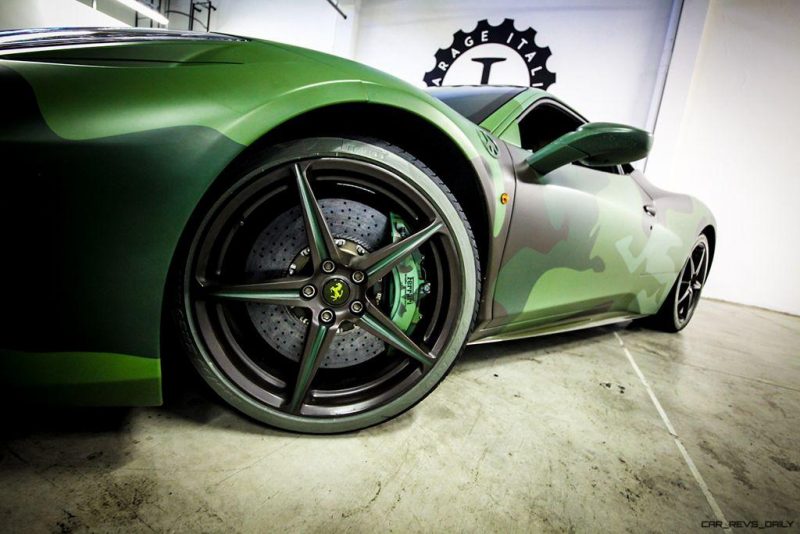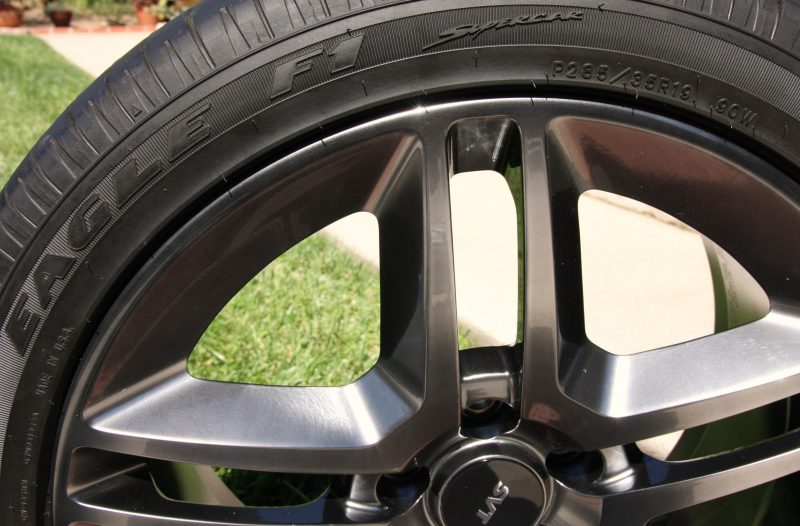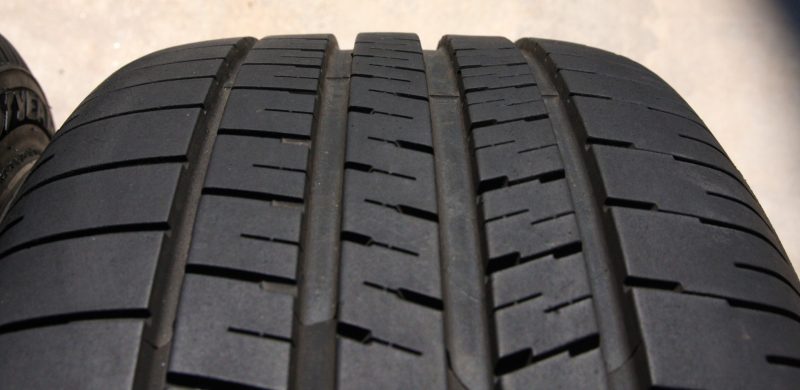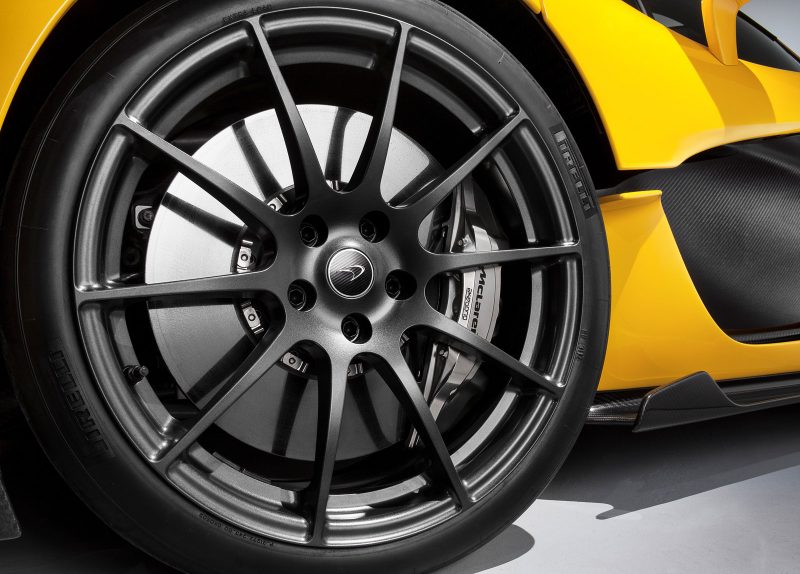The aftermarket community is full of flashy upgrades for your favorite daily driver, but sometimes it’s the simplest things that deliver the best results. Next time your car needs a tune-up, consider going back to the basics and picking up a set of performance tires. Here are a few things you should know before you do.
Performance Tires Can Make All the Difference
For lots of drivers, buying new tires is something that’s only ever done out of necessity. But for the rest of us — those select few for whom perfect handling, even on ordinary roads, is a point of pride — performance tires can make all the difference in the world.
Performance tires are often one of the first upgrades done on a restoration project or a custom build. More so even than suspension mods and engine upgrades, the right pair of tires can elevate the driving experience and get more literal mileage out of your vehicle.
Performance tires can help you corner more effectively, handle better in inclement weather and improve the general ride quality and comfort of your vehicle. You’ll discover quickly that performance and peace of mind comes with a certain price tag, but this is justified — auto makers can spend upwards of $1 million just to develop higher-performing tires.
This includes all kinds of developments that most of the public will never even be aware of, including next-generation rubber release agents that deliver higher-quality tires for lower prices.
Know What the Product Ratings Mean
First and foremost, it pays (literally!) to understand the stats, terms and ratings thrown around by tire manufacturers and regulatory bodies. Details like treadwear, traction rating and maximum temperature are all important tire characteristics and should be taken into account when you’re matching new tires with your desired level of performance.
If you’re a real auto enthusiast, you won’t want to spring for anything below a traction rating of AA, for example, and a 400 rating for treadwear. For reference, products billed as “performance tires” tend to sacrifice treadwear in favor of higher grip on the roads. The 400 rating indicates a performance tire that will last four times longer than a tire that received a grade of 100.
It’s all about relative performance, so remember to closely compare all of the tires approved for use on your particular vehicle before making your selection.
What to Avoid
When in doubt, you can avoid some of the jargon you’ll see on the shelf or hear from a salesman. Tires billed as “all season” or “four season” are almost never what you want. These types of tires deliver decent performance in below-freezing conditions, but for everything else — including those damp, just-after-a-rainstorm afternoon drives — they won’t provide the traction you need.
Instead, look for “three-season” or even “summer” and “winter” tires separately. Yes — it means you’ll have to swap out your tires when the seasons turn, but 20 minutes of mild physical labor is a small price to pay for peace of mind out on the roads.
Additionally, if you’re considering tires with “ultra-high performance” in the name, consider looking elsewhere. This type of nomenclature used to be relatively standard, and indicated a certain level of performance. These days, manufacturers might use other terms, including “extreme performance.” Know what you’re buying.
Do Your Own Hands-On Research
Finally, it’s worth noting that the tires recommended for your particular automobile might not be the extent of your choices when it comes to buying performance tires. Auto manufacturers will provide you with a list of acceptable choices, but these will all be within a certain size window. If you want the tallest and widest tires — and performance gurus say that’s exactly what you want — you might actually have to break out a tape measure to see what your maximum dimensions are, within the constraints of your car’s wheel wells.
In other words, don’t be afraid to push the limits — just be mindful that you’ve got all the information you need before you pull the trigger on a purchase. The only thing less exciting than sticking with low-quality tires is having to return performance tires because they don’t fit on your car.






Scott Huntington is a writer and car fanatic from Harrisburg, PA.

